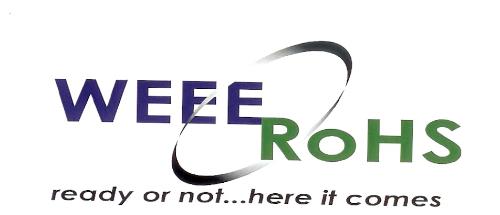In accordance with the requirements of the WEEE Directive, measures such as collection, treatment, reuse, and disposal of waste electrical and electronic equipment and management of heavy metals and flame retardants,which are very necessary. Despite the corresponding measures, the vast majority of obsolete equipment is disposed of in its current form. Even with the collection and recycling of waste equipment, hazardous substances are a danger to human health and the environment.
RoHS complements the WEEE Directive and runs in parallel with WEEE.
From July 1, 2006, new electronic and electrical equipment placed on the market will not use solder containing lead (excluding high temperature melting lead in tin, i.e. tin-lead solder contained more than 85% lead), mercury, cadmium, hexavalent chromium (excluding the hexavalent chromium contained in the cooling system used as a refrigeration device, anti-corrosion carbon steel), PBB and PBDE, etc. substance or element.
The WEEE directive and the RoHS directive are similar in testing items, and both serve for environmental protection, but their purposes are different. WEEE is for the recycling of scrap electronic products environmental protection, and RoHS is for the use of electronic products in the process of environmental protection and human safety. Therefore, the implementation of these two instructions are very necessary, we should fully support its implementation.
If you have testing needs, or want to know more standard details, please contact us.
Post time: Apr-21-2022












